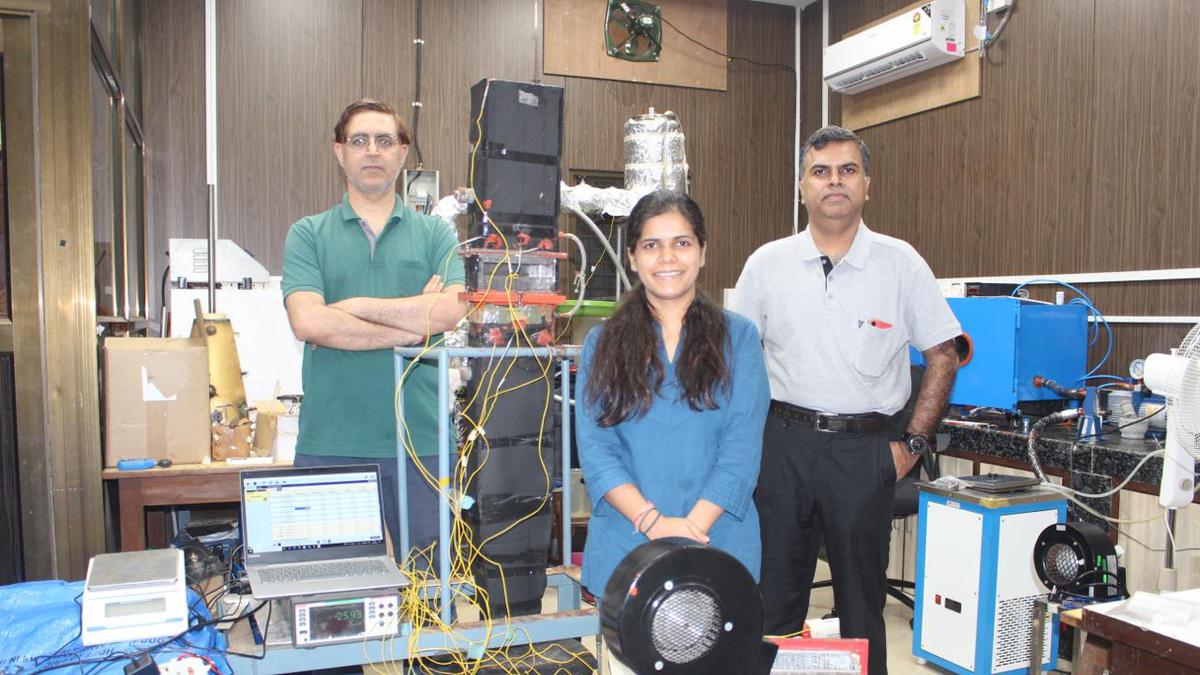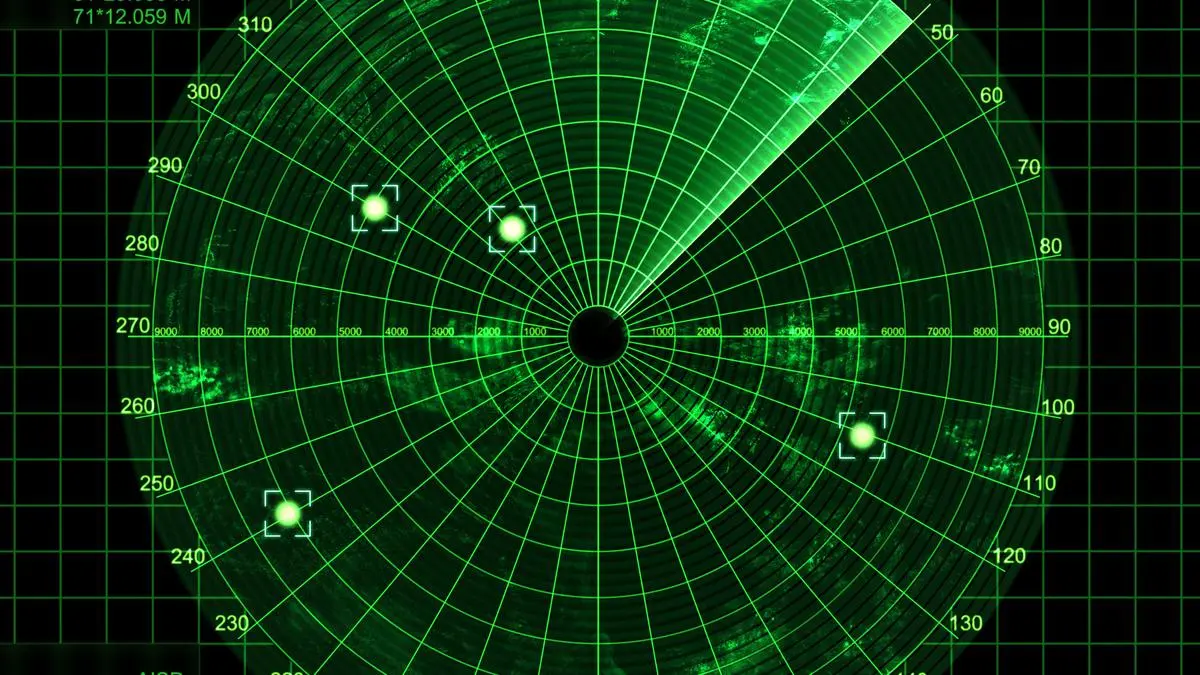Store heat energy for months on end and draw it out when needed in the really cold months. Sounds far-fetched? Not to Dr Sandip Saha, Dr Chandramouli Subramaniam and Dr Rudrodip Majumdar, who have developed a prototype device using a salt — strontium bromide — to demonstrate that heat can be stored for long periods, much like the gas cylinders we use at home.
In cold climes, especially in the Himalayan north, wood is predominantly used as fuel for heating. Diesel as fuel is not only a pollutant but also scarcely available in these regions.
So, what is the alternative? Enter strontium bromide. “Strontium bromide stores heat much like a battery stores electric energy,” Saha, Professor, IIT-Bombay, Department of Mechanical Engineering, told businessline.
Dr Rudrodip Majumdar, Associate Professor, National Institute of Advanced Studies
Thanks to its high energy density, chemical stability, non-toxicity, non-explosive nature, and environmental safety, the salt lends itself to use here, he says.
Prototype design
The team developed a prototype featuring solar thermal air collectors, which use sunlight to heat air during summer. The hot air is then used to warm a form of hydrated strontium bromide (hexahydrate). In this form, the strontium bromide crystals contain water molecules within their structure.
The salt absorbs heat energy as it undergoes a dehydration reaction — namely removal of water from the salt. “This reaction helps store the absorbed solar energy as chemical potential in the salt,” says Saha.
Now, to get heat out of the salt, all you have to do is reverse the process — pass moist air through it. In other words, when the salt is ‘rehydrated’, it releases the stored heat.
Apart from the solar thermal collectors, the device consists of a reactor chamber filled with strontium bromide, and a small air circulation system for the dehydration and rehydration cycles. The set-up is encased in a weatherproof unit designed for Himalayan conditions and is insulated using glass wool.
The storage module, points out Saha, “is about the size of two LPG cylinders we use at home. The heating can be done in sunnier regions such as Gujarat or Rajasthan and the dehydrated salt can be carted up the hills just before winter sets in”. For household use, the system would primarily consist of a reactor unit (containing the salt-silica gel), a blower, and a small control system. The heating solution lends itself to spaces of about 100 sq ft.
Cost-efficiency
The unit does not require high maintenance, the researchers say. The prototype has been used to demonstrate six charging and discharging cycles with no slip in performance. Salts such as strontium bromide are theoretically capable of about 600 cycles.
How do the costs compare with using diesel for heating? “Electricity from diesel costs us ₹50 per unit (kWh),” says Majumdar, currently Associate Professor at the National Institute of Advanced Studies. “If we add a carbon penalty, it could go up to ₹78 per unit. The thermochemical solution is expected to come at half the price.”
According to an article on the IIT-Bombay website, the study determined the thermochemical systems’ ‘levelised cost of heating’ (LCOH) — the average cost of producing usable heat over the lifetime of a heating system — to be ₹33–51 per kWh in different Himalayan cities. This makes it competitive with, or cheaper than diesel heating for daily use, especially when factoring in environmental costs. In Leh, specifically, LCOH dropped to ₹31 per kWh, the lowest among all the locations studied (Darjeeling, Shillong, Dehradun, Shimla, Jammu, Srinagar, and Manali being the rest).
Reinforcement
But the setup did come with its own problems initially. Like common table salt, strontium bromide, too, readily absorbs moisture from the air. If exposed to excessive humidity, the salt can liquefy, making it useless for repeated cycles.
Saha and his team found that mixing strontium bromide with silica gel helped in two ways: it absorbs extra moisture from the air during the hydration (discharging) phase, preventing the strontium bromide from dissolving; and, as the salt itself is not very strong structurally, silica gel provides support, allowing the salt to withstand the hundreds of cycles without degrading.
The optimal mix is 75 per cent strontium bromide and 25 per cent silica gel. This enables the salt mixture to be recycled for extended periods, potentially 8-9 years.
But why salt? Why not use solar power for heating?
Says Majumdar, “In the case of solar power for heating, batteries would be necessary to store energy captured during the day, for use at night. In colder climes, the state of charge for the batteries degrades faster and the chemical reactions that generate electricity within the battery slow down, reducing the battery’s efficiency.”
In contrast, he says, the salt-based system deals with only heat energy, without conversion to other forms. Therefore, intermediate losses, as seen with energy conversion, are avoided. Solar panels typically convert sunlight to electricity with an efficiency range of 15-22 per cent for commercially available panels.
Further, Majumdar points to the environmental impact: “While places like Ladakh have good ‘direct normal irradiance’ (DNI) for solar charging during summer, the aim is to avoid adding construction activity to already vulnerable areas. Transportation of the salt modules via existing supply routes (such as food grains or army supplies) makes it a viable solution.”
More Like This
Published on July 14, 2025






